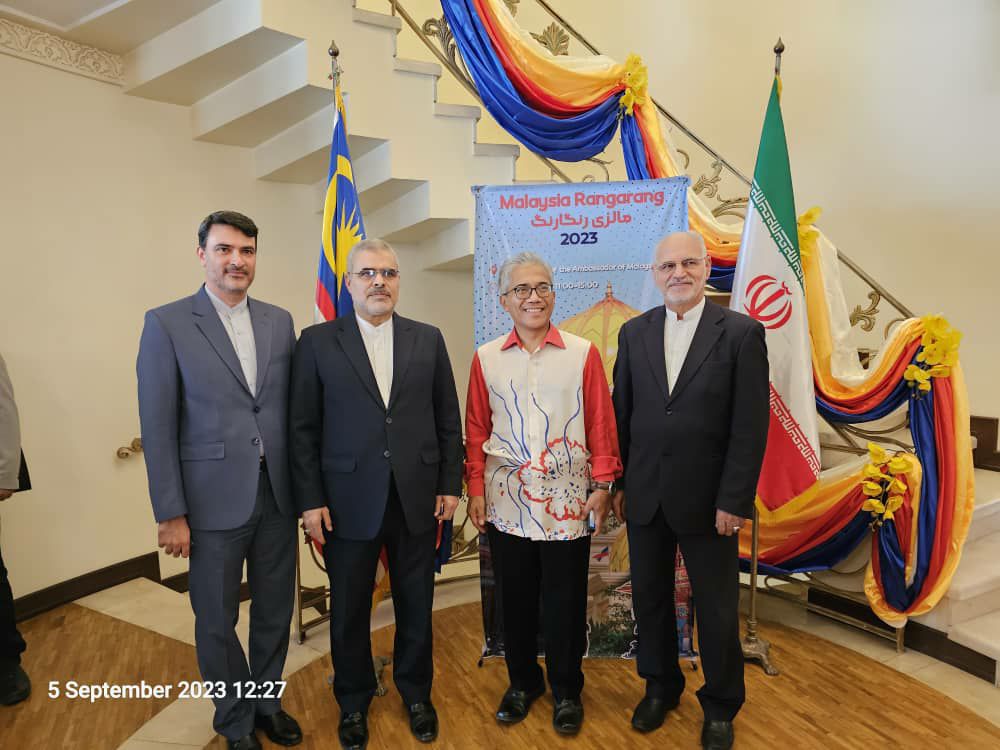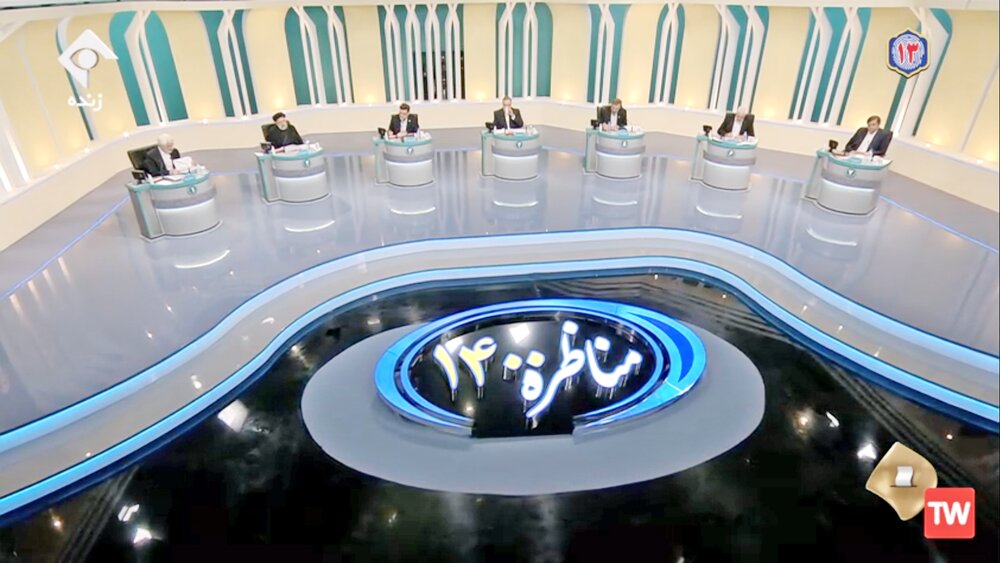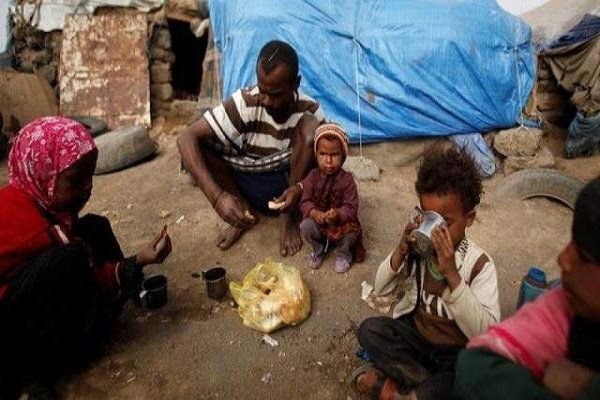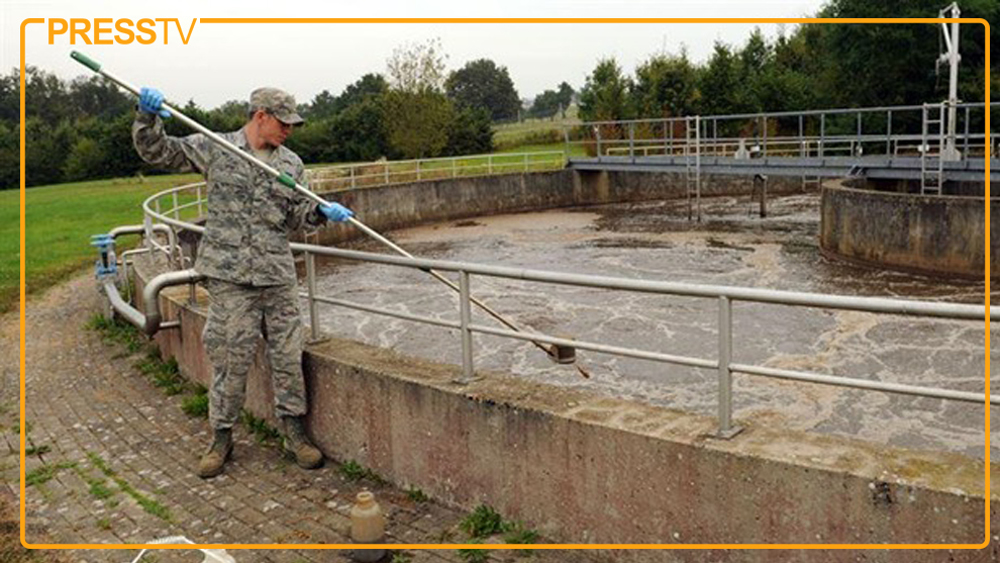Why Iran’s Gas Export Plans Keep Hitting Dead Ends
TEHRAN (Iran News) Seyed Mehdi Hosseini, former Director of International Affairs at the Ministry, told ILNA that Iran should focus on becoming a gas hub itself rather than allowing competitors to dominate markets in South Asia.
Hosseini recalled that even before Iran’s South Pars gas field came online, there had been proposals to transit Qatari gas overland through Iran to supply Pakistan and India, earning Iran transit fees. Another idea was to build an offshore pipeline in shallower coastal waters to deliver Qatari gas directly to India. At the time, Hosseini advised the proposing company to conduct seabed surveys and share the data before Iran could give its opinion. Despite studies suggesting the pipeline could be routed through Iran’s gentle coastal slopes, the idea was ultimately rejected.
Later, as Iran developed its own substantial gas reserves, the “Peace Pipeline” project was launched, aiming to export Iranian gas directly to Pakistan, which would then supply India. However, Hosseini said, the plan faltered under political pressure, particularly from Pakistan’s military leadership, and neither country ultimately received Iranian gas—missing an opportunity to establish southeastern Iran as a key gas hub.
“We spent billions of dollars building a pipeline to Pakistan’s border, but pricing disputes persisted,” Hosseini noted. Unlike oil, whose price is set on international exchanges, natural gas pricing is regional and highly localized, varying widely between markets. For instance, gas might cost $4 per cubic meter in the U.S., $8 in Europe, and $14 in Japan. In the Gulf region, India, and Pakistan, however, no standard regional price has been established. As a result, Iranian gas export projects often default to referencing the price set in the gas export contract to Turkey.
Hosseini recounted that when Turkey’s then-Prime Minister Necmettin Erbakan visited Iran to finalize a gas deal, neither side knew how to set the price, and Iran ended up selling gas to Turkey at a relatively favorable rate—albeit without full awareness of its market impact. Ever since, attempts to export gas to India and Pakistan have faced accusations of “selling too cheaply” whenever prices undercut the Turkey contract. A similar dispute overshadowed Iran’s controversial gas deal with Crescent Petroleum.
According to Hosseini, Pakistani negotiators reasonably demanded that the price of Iranian gas match that of fuel oil, reflecting market realities. Yet despite completing the pipeline to Pakistan’s border, Iran has not been able to finalize pricing terms, leaving the pipeline idle.
Beyond the current gas supply imbalance—something Hosseini described as largely “artificial” and driven by sanctions and mismanagement—Iran still holds the world’s largest gas reserves. He argued Iran must base its export strategy on its own gas, rather than becoming a conduit for Russian or other foreign gas. “Russia is our competitor, and we should remember that,” Hosseini said. To address domestic imbalances, Iran could import Russian gas—similar to imports from Turkmenistan—to supply its northern regions, freeing up southern gas for export to key markets.
“We shouldn’t lose markets like India and Pakistan just to sell Russian gas, effectively helping Russia become the regional hub,” Hosseini warned. Instead, he suggested Iran buy part of Russia’s gas at rates similar to Turkmen gas, use it domestically in the north, and export its own southern gas—using the profits to invest in production and electricity generation.
In conclusion, Hosseini stressed the need for a clear, long-term policy: “Rather than handing our gas markets to others, we must pave the way to become a gas hub ourselves.”
- source : IRAN NEWS ECONOMIC DESK






























